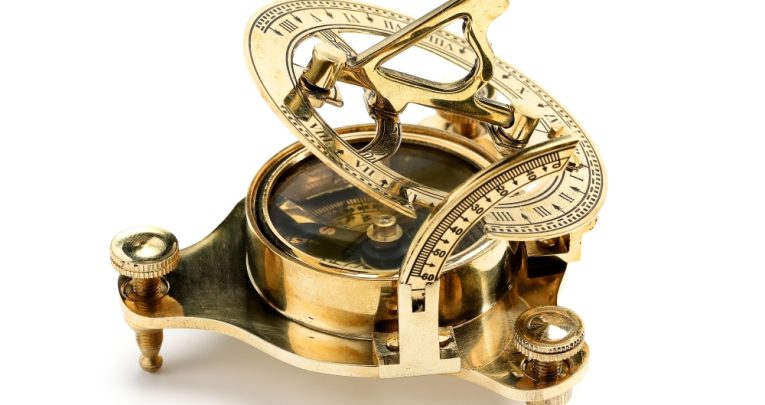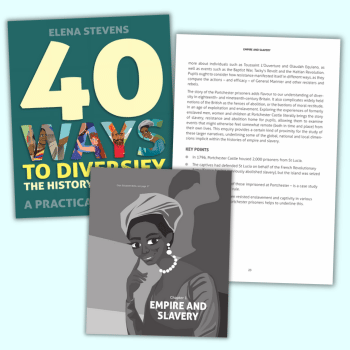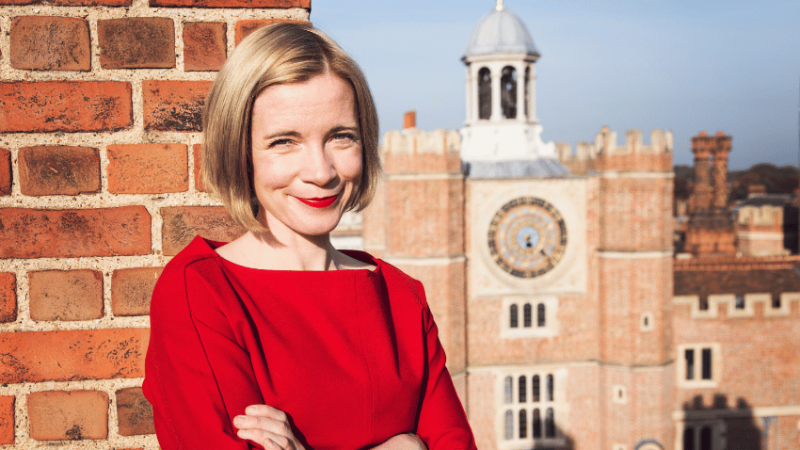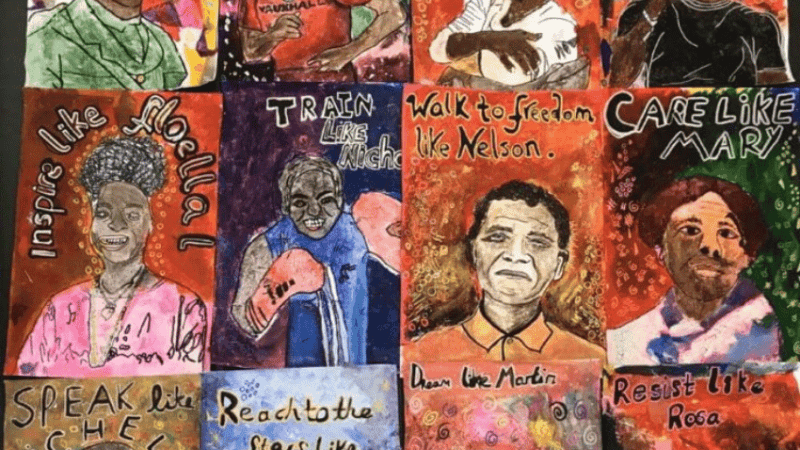The importance of chronology when studying history

History teachers shouldn’t assume that secondary students will already possess a solid grasp of time and chronology, observe Terry Haydn and Alison Stephen…

It would seem to be a reasonable proposition to suggest that part of the function of school history should be to give pupils some understanding of time and chronology.
If pupils are to make sense of history, they need to have some idea about how we measure and reference events in history in terms of when they occurred, and how to build up a mental framework of the past. Secondary pupils might have studied history for at least six years, but there may still be holes in their grasp of fundamental aspects of the concept of time.
Neglected and forgotten
It should be remembered that under the original National Curriculum for history, it was possible to get to Level 10 in all of the attainment targets for the subject, without knowing what century you were living in, or what AD and BC meant.
Time was, at least to some extent, a neglected and forgotten element of the subject, and this was reflected in the textbooks published at the National Curriculum’s inception.
When asked about the reasons for these deficiencies, some heads of history suggested there was an assumption that all that had been covered at primary school, that they had taken such understanding for granted or that as it was not part of the ‘45 boxes’ of the original Attainment Targets, it had not been a focus for teaching and assessment.
Whatever the reasons, it is important that you do not assume all your pupils possess a clear grasp of the rudiments of time and chronology.
Whereas time was a comparatively peripheral concern of the original NC for history, its status has been restored in the revised versions, and chronology is an integral part of the most recent version of the NC for history at KS3 introduced in September 2014 – one of the aims stating that pupils should “Know and understand the history of these islands as a coherent, chronological narrative.”
Differing understandings
One advantage of the NC has been that all pupils have had some instruction in history at KS1/2, but as pupils are of differing abilities and have come from different feeder schools, it would be surprising if they all arrived at secondary school with a similar depth or breadth of understanding about time.
One of the tasks of the history teacher is to gain some insight into what knowledge and understandings pupils bring with them before you start to teach the topic or concept in question.
Time may well have been approached in a very different manner in various primary schools; some have learned through family trees and timelines, others have started with ancient history and worked forward.
Some already have a sound grasp of dating systems and some idea of a general framework of the past, others may have passed through KS1/2 without having mastered even the lowest levels of attainment in this domain of history.
The activity outlined below (see ‘A diagnostic exercise’) addresses a particular strand of children’s understanding of time; that of the mechanics of time – dating systems and conventions, basic time vocabulary, how time works. Although this is important, there are other aspects of time children need to address.
One of these is an understanding of chronology and a developing sense of the order of events in history. Children should develop a mental framework of the past through the study of history.
As the History Working Group’s Final Report pointed out, A grasp of the sequence of events is fundamental to an understanding of the relationship between events, and such concepts as cause and change. Chronology, therefore, provides a mental framework, or map, which gives significance and coherence to the study of history.
The tendency in recent years to study patches or themes in history, rather than a measured and even progression from the Romans to the present day, has meant that not all pupils have a clear grasp of the overall unfolding of events in history, or of the duration of different periods.
The nature of the GCSE exam, with its emphasis on the critical examination of sources, means that it might be possible to gain full marks on a source-based question on WWII, without necessarily knowing who was on whose side and who won.
Order of events
There are also some areas of history where it is essential to have a clear grasp of the precise order of events as a necessary, if not sufficient basis for providing a coherent explanation or analysis of a historical event, such as the outbreak of WWI or the campaigns of 1066.
Understanding of deep time – the distant past stretching back to prehistory, the Stone Age and the formation of the earth – might also be a facet of time which might be addressed in the course of school history.
An understanding of what is meant by the term ‘prehistory’ can help give pupils some insight into the nature of the discipline of history itself.
Your skills of exposition in providing narrative frameworks of the past are an important part of developing pupils’ grasp of time and chronology, including an awareness that pupils do not possess the map of the past that some teachers take for granted.
The use of timelines in the classroom, as well as in exercise books, can be helpful.
The development of sequencing exercises, whether on cards, for group work, in exercise books, on the blackboard or using educational technology can provide activities which require pupils to think through the precise order of events, using inference as well as knowledge, but there is a danger of sequencing for its own sake; that is, constructing arbitrary lists of historical events which have no necessary connection with each other.
Ian Dawson offers a range of well-thought out overview activities, and his website Thinking History provides a number of eminently practicable active-learning approaches to the development of pupils’ understanding of chronology which can be viewed here.
A diagnostic exercise
An example of a diagnostic test of children’s understanding of some aspects of time, which might be given to Y7 pupils, can be found here.
If the pupils have not already been subjected to such a test, give the test to a group of pupils and analyse their responses – the test should take between 5 and 15 minutes to complete.
The test attempts to address pupils’ understanding of dating systems, their ability to understand and manipulate centuries and their familiarity with some time-related vocabulary. If the pupils have already done a similar form of test, check how the pupils performed and what gaps there were in their grasp of basic time concepts.
When the pupils have completed the test, analyse their responses to examine where there are gaps in their understanding of time. What activities might you devise to rectify any deficiencies in their understanding of time?
Terry Haydn is a professor of education at the University of East Anglia and Alison Stephen is head of history at Abraham Moss School, Manchester; this article is based on an edited extract from their book, Learning to Teach History in the Secondary School: A Companion to School Experience 5th Ed., due for publication in November 2021 (Routledge, £27.99).











